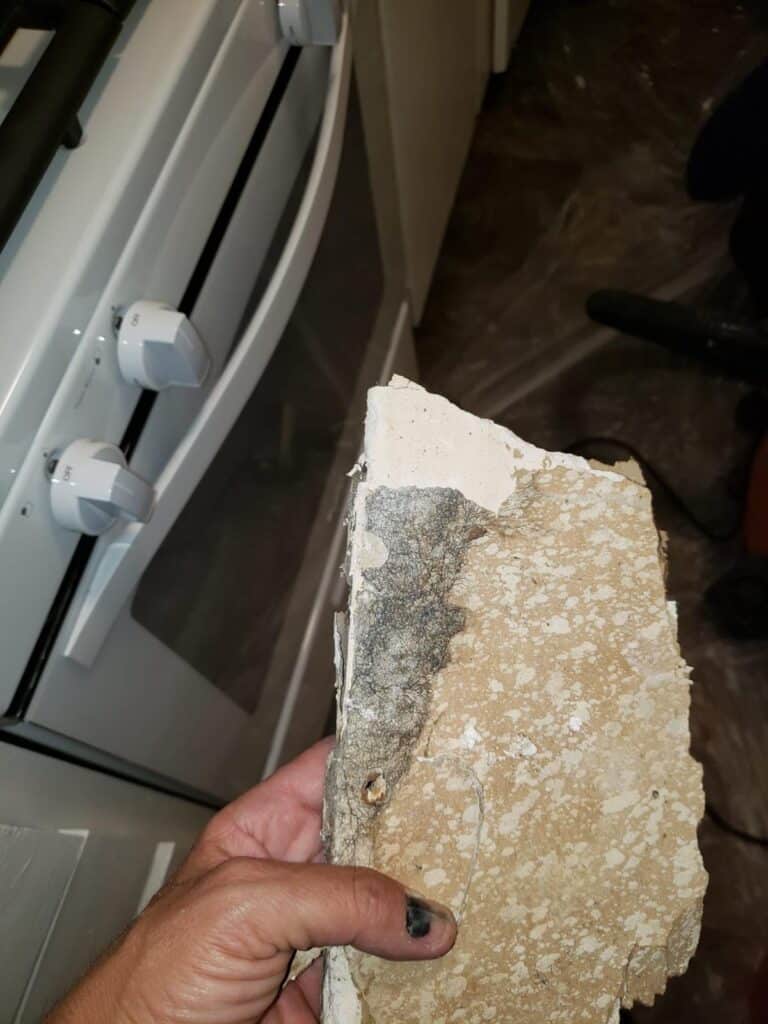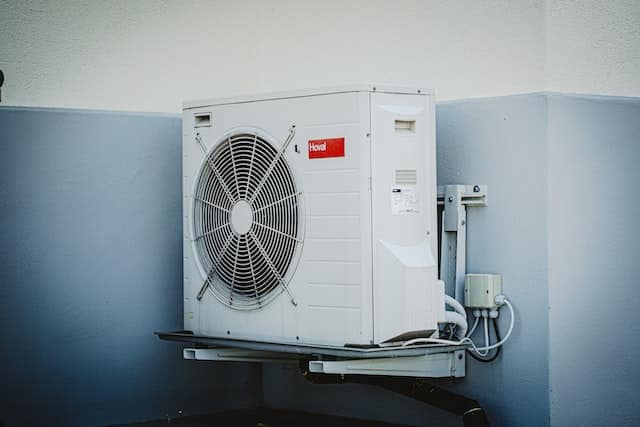Calling a mould inspection company right away is the best course of action if you wish to take mould air samples. Mold spores may have been detected in the air if your ducts have just undergone cleaning. Mold spores are an excellent sign that black mould is present. A duct cleaning business will be equipped with the right equipment to completely clean your ducts. Before making this choice, though, there are a few things to consider.
It’s crucial to test for mould spores following duct cleaning. It can assist identify the type of mould and count the quantity of spores present in a space. It is best to speak with a doctor if you think you could have a mould issue.
Warm, damp conditions are ideal for the growth of mould spores. Mold can grow most readily in air ducts. They may also contribute to inadequate ventilation and condensation. Mold can be difficult to distinguish because it resembles dust and dirt. It is preferable to get a trained mould inspector if you are unclear whether you have mould. If mould is present in your ducts, a certified inspector can analyse a sample and establish whether it is there or not.
A musty odour is another indicator of a mould infestation. If you detect this smell in multiple rooms, you most certainly have a mould issue. Additionally, a mould infestation will cause the ducts to smell musty. You should think about cleaning the ducts if you notice a musty smell.
After a duct cleaning, you must adhere to certain rules if you intend to collect mould air samples. First, you ought to always gather samples in a safe environment. The reproducibility of your results will increase and any mould spores that may be present will be stabilised as a result. Additionally, it would be beneficial if all windows and exterior doors were closed. During routine entry and exit, it is great to keep a door or window open for a brief period of time, but you shouldn’t do so for any longer than is absolutely essential.
To determine the severity of the mould issue, air samples must be compared to an exterior control sample. This is a crucial element in the mould inspection process, and it’s frequently combined with visual inspection and other data gathering techniques. This is due to the possibility of collection-related damage to air samples, which can result in results that are not always correct. Additionally, a single sample cannot definitively identify a mould issue and should be supplemented by various data gathering techniques because mould spore counts vary based on a number of variables.
Finally, it would be beneficial if you kept track of any peculiar weather phenomena that might influence your sampling and analysis. For instance, strong winds will increase the difference in air pressure between a building’s interior and exterior, which will raise the concentration of mould spores there. Look at the local weather forecasts and make a note of the precise weather the day you are taking mould air samples.
Determining how the weather affects the number of mould spores is challenging. There are several sources of moisture in a building, and different climates favour the growth of some types of mould more than others. Moisture intrusion commonly happens as a result of leaking pipes, water seepage, flood damage, and inadequate ventilation. Mold growth can be very likely in a building with excessive moisture, especially in damp locations. Taking care can help prevent mould infestation because it can also lead to asthma flare-ups.
The indoor air particle count can vary greatly from minute to minute and is quite incorrect. If mould spores are counted, the result should not exceed 2,000 Pen/Asp per cubic metre of air unless other circumstances, such as the weather, affect the spore count. A count of this many mould spores typically points to an indoor source or reservoir. Spore chains provide proof that the spores are coming from a local source, and can be found by a lab technician.
Before cleaning your HVAC system’s ducts, talk to a doctor if you have any concerns about the potential health implications of mould spores. For determining the number of spores present, the National Allergy Bureau is a great resource.
You may feel run down and ill if your home has black mould. However, this is not always a warning indication of a mould issue. Coughing and an irritated throat are a some of the symptoms you might encounter. Unless they are also accompanied by other health issues, you should not dismiss these symptoms. Another indication that black mould has entered your vents is breathing difficulties. Breathing issues might result from the spores getting inside the lungs. Even while this might not be an immediate symptom of mould exposure, you should nonetheless have your HVAC system thoroughly inspected by a specialist.
A musty odour is another sign. If the mould is not removed, the smell will progressively worsen. The air vents may also have black patches on them. Mold is the cause of these stains. They could be big or little. They are brought on by the hazardous black mould Stachybotrys chartarum.
In addition to being harmful to health, black mould can irritate and trigger allergic reactions. Some types of mould have even been linked to cancer. Black mould can cause sneezing, coughing, and itchy skin. On rare occasions, headaches could also accompany these symptoms. If you have any of these symptoms, you ought to see a doctor.
Finding the cause of the elevated spore count is the first step when a homeowner suspects mould growth. A great technique to confirm the existence of mould spores is to collect samples of the air. Otherwise, remediation efforts may not be successful in fixing the problem.
Because a homeowner believed that their HVAC system had been cleaned, there may have been an increase in spore levels. They continued to have health issues but they wouldn’t allow samples. They also observed that similar symptoms appeared more frequently when their HVAC system was operating. This inspired additional research. The HVAC system of the house had a spore trap installed in the main supply duct line in May 2014. The presence of high mould spore levels in the HVAC system was then determined.
The distinction between various mould spores must be made even though a total spore count aids in identifying the cause of an elevated spore count. The same mould spores may occasionally be found in different residential rooms or areas of the building. Other times, a lab may have tiny amerospores that are challenging to spot under a microscope.
Indoors, wood, drywall, fabrics, and numerous paper goods all contain trichoderma spores. They are frequently discovered in houses that have had water damage. Additionally, they might be found in air conditioning units and other mechanical devices that move moisture.
On surfaces, trichoderma spores show up as green or fuzzy clusters. They have a 24- to 48-hour reproduction period. In culture, they face off against other fungal colonies and may even outgrow the culture medium. Trichoderma spores are recognisable by their unique green colour and may also have an odour. This smell is a reliable sign of mould growth.
Mold called trichoderma frequently develops on wet surfaces. It comes in a variety of forms, such Mucor. Mucor grows in thick clumps and is either white or grey. Mucor can trigger allergic reactions and aggravate pre-existing respiratory disorders. You can lower your risk of getting sick by using a reputable air duct cleaning service.

Headaches, sinusitis, nosebleeds, and lethargy are all potential signs of a Stachybotrys mould infection. Mold, which thrives in wet places like air ducts, frequently causes them. Because the mould releases mycotoxins, which can lead to sickness, people can get sick. Even though the symptoms of this mould infection can vary, they can be very serious, especially for young children and people with compromised immune systems.
Black mould, commonly known as stachybotrys, is found in ducts because it prefers damp environments. It appears as black spots near air vents and has an earthy scent. It is critical to avoid contacting it with bare hands because it is slimy and difficult to remove. If you must handle the mould, put on gloves and protective clothes.
Despite its rarity, Stachybotrys chartarum can nevertheless harm your health. After the duct cleaning, if you see any black mould growth, your ducts most likely contain Stachybotrys chartarum. This mould is common in attics, basements, and homes that have recently flooded. It thrives on materials with high cellulose and low nitrogen content.



